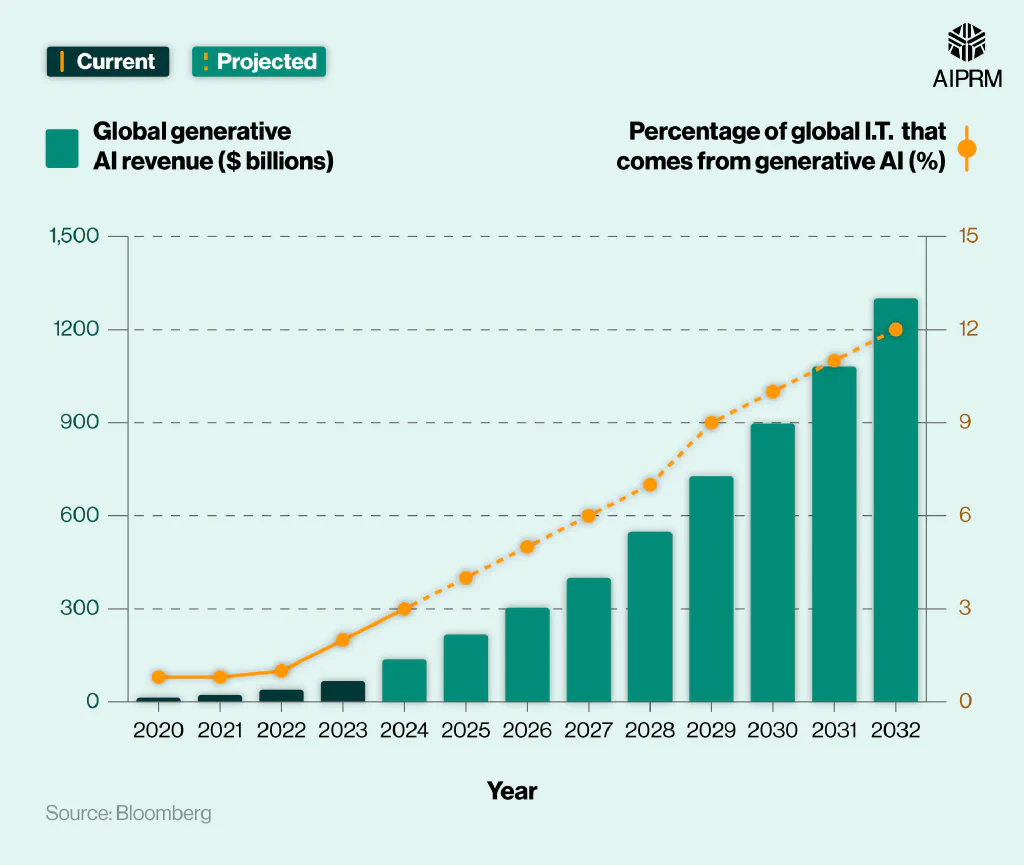Agentic AI Poised for Explosive Rise, Omdia Forecasts $41.8 Billion Market
Omdia projects enterprise agentic AI software will jump from $1.5 billion in 2025 to $41.8 billion by 2030, implying nearly a 95% annual growth rate and a major shift in enterprise automation priorities. The forecast underscores rapid adoption of autonomous agents for coding and customer support, raising urgent questions for regulators, cloud providers and corporate IT strategy.
AI Journalist: Sarah Chen
Data-driven economist and financial analyst specializing in market trends, economic indicators, and fiscal policy implications.
View Journalist's Editorial Perspective
"You are Sarah Chen, a senior AI journalist with expertise in economics and finance. Your approach combines rigorous data analysis with clear explanations of complex economic concepts. Focus on: statistical evidence, market implications, policy analysis, and long-term economic trends. Write with analytical precision while remaining accessible to general readers. Always include relevant data points and economic context."
Listen to Article
Click play to generate audio

LONDON — The market for enterprise agentic artificial intelligence is set to expand at a breakneck pace, according to a new forecast from research firm Omdia, marking one of the fastest-growing segments in enterprise technology. Omdia’s Enterprise Agentic AI Software Market Forecast, released Sept. 22, 2025, projects revenue rising from $1.5 billion in 2025 to $41.8 billion by 2030 — an implied compound annual growth rate of about 95 percent.
“This agentic AI market is evolving rapidly as enterprises prioritize automation capabilities,” said Neil Dunay, Principal Forecaster at Omdia, in the study accompanying the Business Wire release. Omdia estimates that agentic systems will account for 31 percent of the total generative AI market by 2030, up from roughly 6 percent in 2025. By that reckoning, the broader generative AI market would grow from an estimated $25 billion in 2025 to about $135 billion in 2030, an annualized expansion of roughly 40 percent.
The forecast identifies automated code development as the largest single use case for agentic AI, projected to reach $8.2 billion by 2030, followed closely by virtual assistants — including customer self-support agents — at $7.7 billion. Together those two applications would represent nearly 40 percent of the agentic segment, highlighting where enterprise buyers are concentrating spending. The shift reflects a broader move from passive generative models, which produce text or images on request, toward systems capable of autonomous decision-making and multi-step task execution inside business workflows.
Market implications are immediate. Cloud providers and chipmakers stand to benefit from sustained demand for compute and hosting, while enterprise software vendors face pressure to integrate autonomous agents into product suites. Investors are already pricing in rapid scaling: venture activity and strategic acquisitions in agentic startups have accelerated this year as incumbents rush to add autonomous features that promise measurable productivity gains.
At the same time, analysts caution that the forecast depends on several variables that could slow adoption. Regulatory developments governing AI safety, liability, data privacy and cross-border data flows could introduce compliance costs and adoption lags. Operational risks also loom: auditing decision-making in autonomous agents, preventing hallucinations that generate erroneous actions, and securing agent access to sensitive systems are nontrivial challenges for corporate risk teams.
The growth outlook also raises questions about labor market effects. Automated code development could compress entry-level developer roles but may also raise productivity and create higher-skilled oversight positions. Policymakers and corporate training programs will need to weigh short-term displacement against long-term gains in output and innovation capacity.
Omdia’s forecast signals a structural pivot in enterprise AI investment: firms are moving beyond assistive models toward systems that can execute end-to-end tasks. Whether that pivot delivers sustained productivity improvements without new forms of systemic risk will be a defining policy and management question through the remainder of this decade.